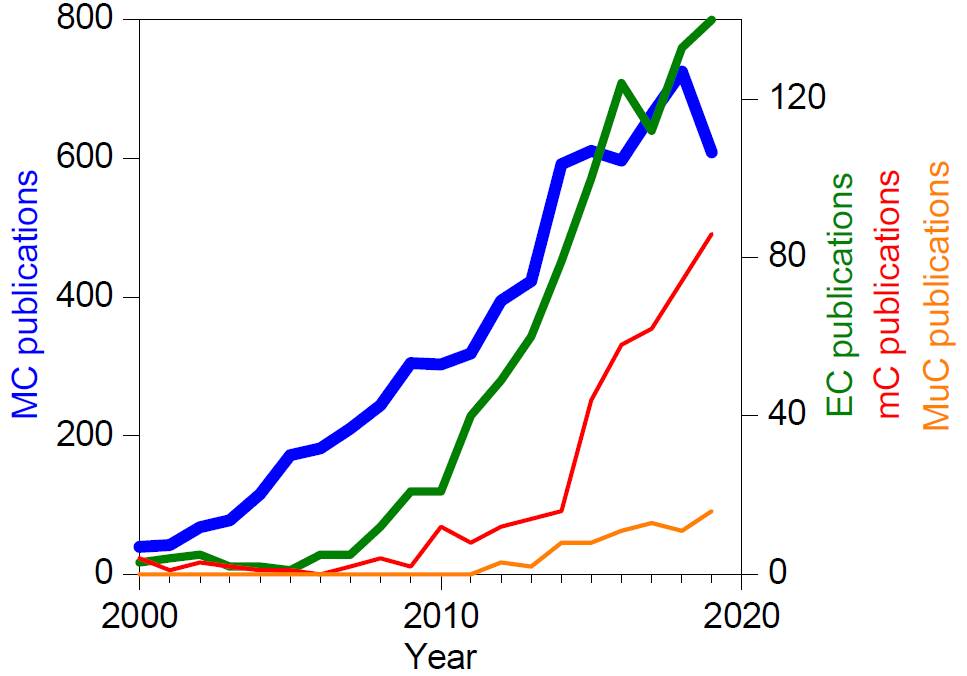On Friday the thirteenth of November 2020, Science published a Special Section on Cooling Technology that included three invited review articles. The first describes materials that radiate through the infrared window in the atmosphere, literally cooling the planet, but not in a way that will keep your milk cold. The second describes developments in vapour compression technology, which is widely used for refrigeration and air-conditioning but responsible for significant greenhouse emissions. The third forms the present paper, which describes recent work based on caloric materials that pump heat.
Caloric materials display thermal changes in response to changes of magnetic field, electric field or stress field. Therefore they can be cycled in order to absorb heat from a source and dump heat at a load. The review presents a critical perspective on advances in materials, their measurement, and prototype heat pumps. The review also explains various aspects of caloric materials that are fundamental and yet poorly appreciated. Three examples are as follows. First, all types of caloric effect should include contributions from individual phases and not just the expected contributions from field-driven phase transitions. Second, caloric effects on field removal and application can only take the same magnitude when using sufficiently large fields at sufficiently large temperatures. Third, this equivalence of magnitude is achieved despite a small field hysteresis that precludes thermodynamic reversibility.
From the perspective of rival technologies, vapour compression can appear somewhat like Gatsby’s green light. However, vapour compression fluids remain problematic for a shifting set of reasons. Therefore it remains important to investigate alternative technologies, and there is currently great encouragement to be found in the caloric materials and prototypes that are currently under development.
Figure caption: Publication trends for materials and devices that display electrocaloric (EC), magnetocaloric (MC), mechanocaloric (mC) and multicaloric (MuC) effects.
X. Moya and N. D. Mathur, “Caloric materials for cooling and heating”, Science 370, 797–803 (2020).

